Joanne Zhou
USat: A Unified Self-Supervised Encoder for Multi-Sensor Satellite Imagery
Dec 02, 2023



Abstract:Large, self-supervised vision models have led to substantial advancements for automatically interpreting natural images. Recent works have begun tailoring these methods to remote sensing data which has rich structure with multi-sensor, multi-spectral, and temporal information providing massive amounts of self-labeled data that can be used for self-supervised pre-training. In this work, we develop a new encoder architecture called USat that can input multi-spectral data from multiple sensors for self-supervised pre-training. USat is a vision transformer with modified patch projection layers and positional encodings to model spectral bands with varying spatial scales from multiple sensors. We integrate USat into a Masked Autoencoder (MAE) self-supervised pre-training procedure and find that a pre-trained USat outperforms state-of-the-art self-supervised MAE models trained on remote sensing data on multiple remote sensing benchmark datasets (up to 8%) and leads to improvements in low data regimes (up to 7%). Code and pre-trained weights are available at https://github.com/stanfordmlgroup/USat .
Psychotic Relapse Prediction in Schizophrenia Patients using A Mobile Sensing-based Supervised Deep Learning Model
May 24, 2022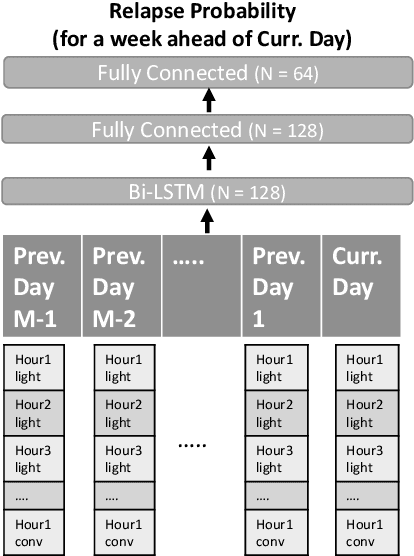
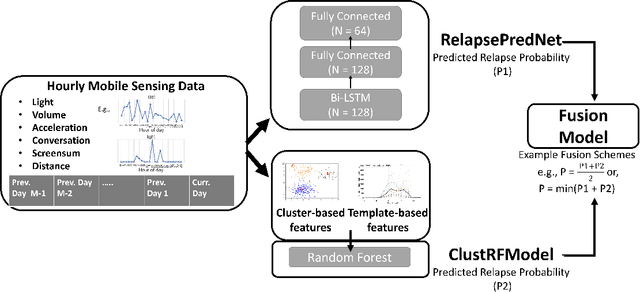
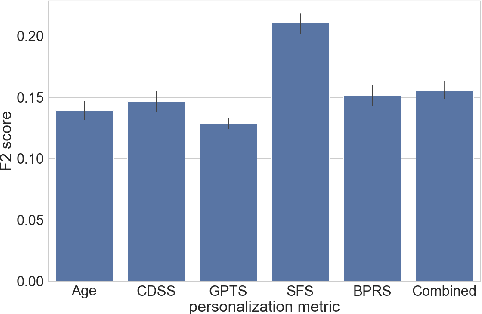
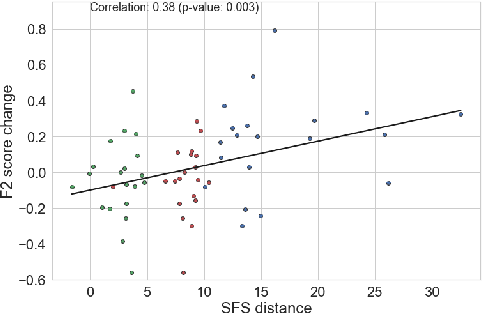
Abstract:Mobile sensing-based modeling of behavioral changes could predict an oncoming psychotic relapse in schizophrenia patients for timely interventions. Deep learning models could complement existing non-deep learning models for relapse prediction by modeling latent behavioral features relevant to the prediction. However, given the inter-individual behavioral differences, model personalization might be required for a predictive model. In this work, we propose RelapsePredNet, a Long Short-Term Memory (LSTM) neural network-based model for relapse prediction. The model is personalized for a particular patient by training using data from patients most similar to the given patient. Several demographics and baseline mental health scores were considered as personalization metrics to define patient similarity. We investigated the effect of personalization on training dataset characteristics, learned embeddings, and relapse prediction performance. We compared RelapsePredNet with a deep learning-based anomaly detection model for relapse prediction. Further, we investigated if RelapsePredNet could complement ClusterRFModel (a random forest model leveraging clustering and template features proposed in prior work) in a fusion model, by identifying latent behavioral features relevant for relapse prediction. The CrossCheck dataset consisting of continuous mobile sensing data obtained from 63 schizophrenia patients, each monitored for up to a year, was used for our evaluations. The proposed RelapsePredNet outperformed the deep learning-based anomaly detection model for relapse prediction. The F2 score for prediction were 0.21 and 0.52 in the full test set and the Relapse Test Set (consisting of data from patients who have had relapse only), respectively. These corresponded to a 29.4% and 38.8% improvement compared to the existing deep learning-based model for relapse prediction.
Routine Clustering of Mobile Sensor Data Facilitates Psychotic Relapse Prediction in Schizophrenia Patients
Jun 22, 2021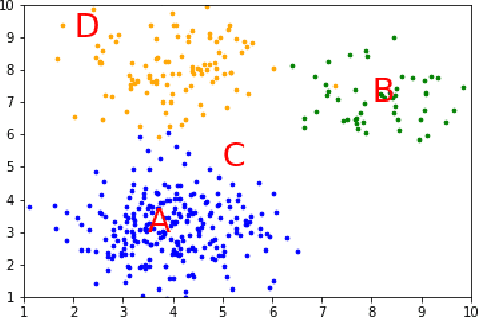

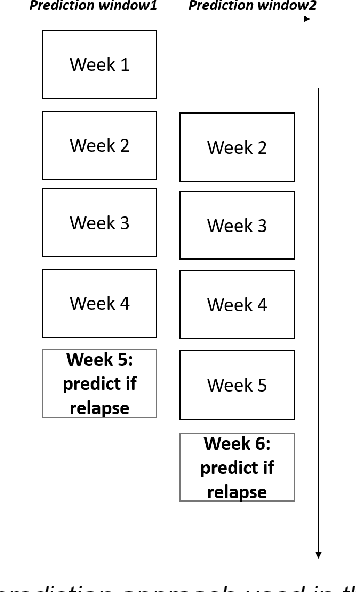

Abstract:We aim to develop clustering models to obtain behavioral representations from continuous multimodal mobile sensing data towards relapse prediction tasks. The identified clusters could represent different routine behavioral trends related to daily living of patients as well as atypical behavioral trends associated with impending relapse. We used the mobile sensing data obtained in the CrossCheck project for our analysis. Continuous data from six different mobile sensing-based modalities (e.g. ambient light, sound/conversation, acceleration etc.) obtained from a total of 63 schizophrenia patients, each monitored for up to a year, were used for the clustering models and relapse prediction evaluation. Two clustering models, Gaussian Mixture Model (GMM) and Partition Around Medoids (PAM), were used to obtain behavioral representations from the mobile sensing data. The features obtained from the clustering models were used to train and evaluate a personalized relapse prediction model using Balanced Random Forest. The personalization was done by identifying optimal features for a given patient based on a personalization subset consisting of other patients who are of similar age. The clusters identified using the GMM and PAM models were found to represent different behavioral patterns (such as clusters representing sedentary days, active but with low communications days, etc.). Significant changes near the relapse periods were seen in the obtained behavioral representation features from the clustering models. The clustering model based features, together with other features characterizing the mobile sensing data, resulted in an F2 score of 0.24 for the relapse prediction task in a leave-one-patient-out evaluation setting. This obtained F2 score is significantly higher than a random classification baseline with an average F2 score of 0.042.
 Add to Chrome
Add to Chrome Add to Firefox
Add to Firefox Add to Edge
Add to Edge